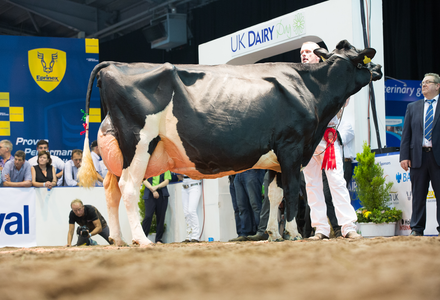Advice from Volac at UK Dairy Day to help silage situation
03 September 2018
Advice from Volac at UK Dairy Day to help silage situation
“Make every percent count.” That will be the message from leading forage preservation and animal nutrition company, Volac, at this year’s UK Dairy Day (stand H153 and C8, The International Centre, Telford, Shropshire, Wednesday 12 September).
Safeguarding against losses
The company’s Ecosyl silage experts will be offering timely advice for safeguarding as much silage as possible against losses after the summer drought – whether in any remaining grass to be harvested this season, or in other crops such as forage maize.
“In a normal year, it may be possible to tolerate a few losses,” says Peter Smith, one of the company’s team of Ecosyl silage experts. “But losses this year could leave stocks on some farms perilously low.
It’s important not to underestimate how much is at stake. Using inadequate silage-making practices can result in losses of over 25% of the tonnes grown not being available to feed in the case of grass silage, and it’s a similar situation with maize. So it’s important to do everything well.
If ensiling grass in rapidly-drying conditions, Mr Smith urges farmers to avoid over-wilting. It not only risks losses from grass blowing about, but drier grass is also more difficult to consolidate, and so more prone to heating losses from aerobic spoilage, he adds.
As an integral part of the process, including an additive proven to reduce fermentation losses will give you more silage to feed. Similarly, look to use an additive to prevent heating in higher dry matter grass silage and maize.
Monitor silage stocks regularly
“Monitor silage stocks regularly, and budget in advance how much you’re going to need. If you’re unable to make enough, buying in extra forage or moist feeds now may seem expensive, but it might be the cheaper option in the long run.
Whether you are short of silage or lucky enough to have not been too badly affected by the drought, the message is the same: maximise every percent that you can produce. If you have sufficient, you may be able to supply some to less fortunate farmers,” he adds.
Expert advice from Cut to Clamp
Farmers can find out more about best practice when making grass and maize silages on our dedicated website, Cut to Clamp.
